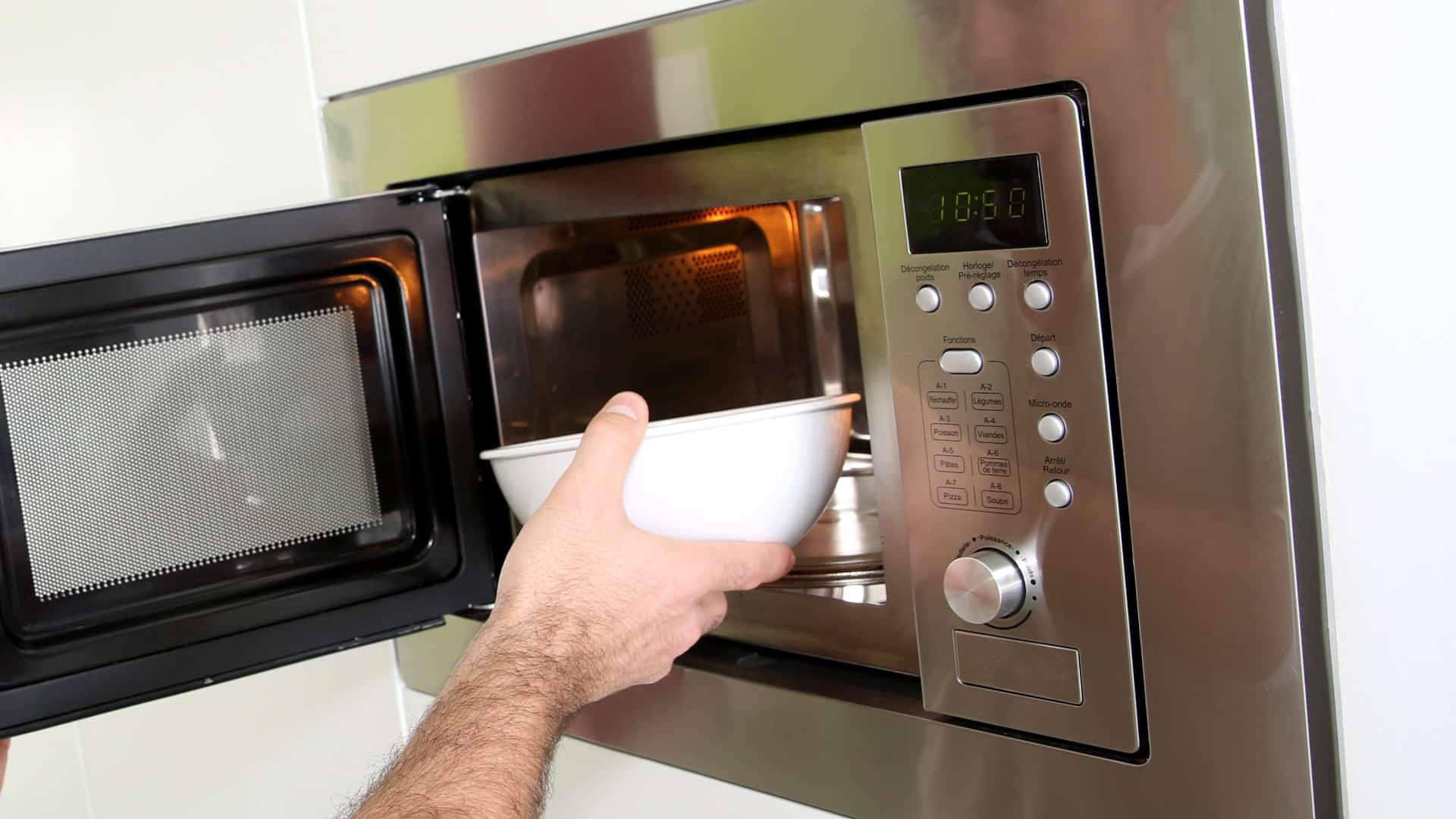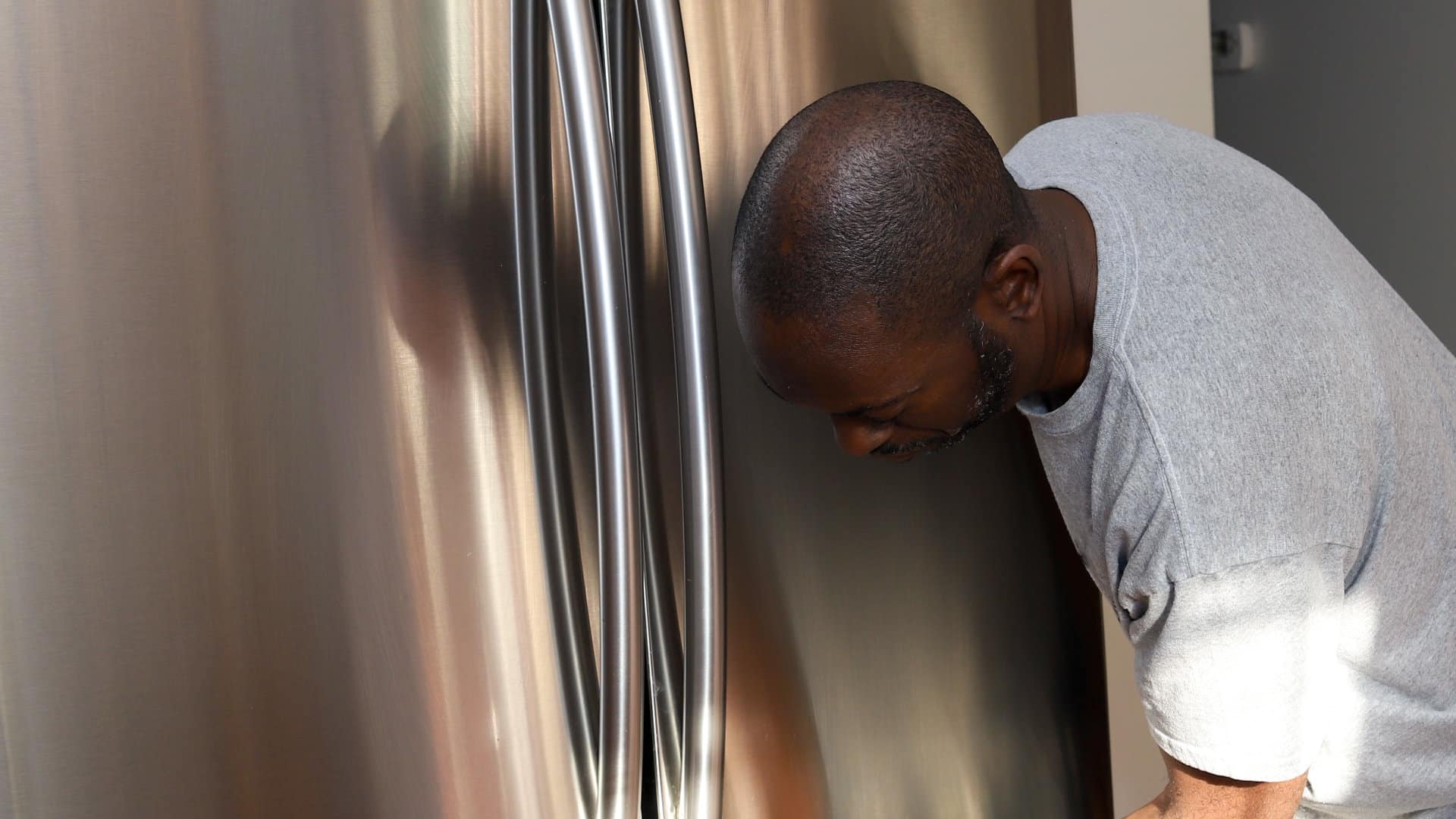
One of the best parts about having a Samsung refrigerator with a water dispenser is getting to enjoy clean, cool, and refreshing filtered water anytime. But when the water filter light starts flashing, it means that you need to replace the filter to ensure your water is being filtered properly. If you’ve never done this before, don’t worry! It’s a simple process, and our guide is here to walk you through exactly what to do.
This guide refers to all models of Samsung refrigerators, including:
RB1844SLXAA
RB217ABPN
RF217ACPN
RF266ABPN
RF266AEPN
RF267ABRS
RF267AERS
RF268ABRS
RF4287HARSXAA
RFG297AARS
RFG298AARS
RFG298HDRS
RS2530BBP
RS2630SHXAA
RS2630WWXAA
RS265TDRS
RS267LABP
RS267LASH
RS269LARS
RS2777SL
RSG257AARS
How Often Does Your Filter Really Need Replacing?
We all love clean, fresh water. But how often do you have to replace your Samsung water filter to keep your water tasting fresh? Samsung recommends your filter is changed every six months, but just how accurate is that time frame?
Basically, six months is an average, based on average water use. Over time, your filter gets clogged with impurities and particles from the water, such as chlorine and other minerals. When it’s clogged, it’s not able to function as well, and the water flow might even be impeded.
However, while six months is the recommendation, there is some wiggle room. If you live alone and use the water dispenser relatively infrequently, you’ll probably be fine leaving it a little longer than six months. On the other hand, if you have a large household and drink a lot of water, replacing it more frequently might be necessary.
The type of water matters, too—if you live in an area with hard water (water with lots of minerals in it) you may need to replace the filter more frequently. The decision on whether to replace exactly every six months is up to you, but if you’re unsure, better safe than sorry—replacing every six months is a pretty safe recommendation!
What Does Your Filter Actually Do?
Samsung water filters are designed to remove a variety of contaminants from your water. Depending on the type of filter, your filter will get rid of:
- Chlorine: This is commonly in public water supplies, and can make your water taste and smell somewhat “chemically.”
- Asbestos: This is a harmful mineral fiber that can be found in certain water supplies.
- Lead: This toxic metal can be found in varying levels in different water supplies, and is particularly dangerous for children to consume.
- Mercury: Another toxic heavy metal.
- Microscopic organisms: Also called cysts, some water filters get rid of these organisms, which can cause diseases.
- Herbicides: In some areas, particularly those with a lot of agriculture, herbicides can make their way into the water supply. Water filters remove these and make your water safer to drink.
- General cloudiness: Any suspended solids in your water can make it cloudy, but filters reduce this, making your water sparkling clear, and clean.
Choosing the Right Replacement Filter
Before you replace the filter on your Samsung refrigerator, you need to ensure you have the correct replacement. Not all makes and models use the same type, and if you buy the wrong sort it won’t fit properly in your fridge.
Samsung highly recommends that you purchase their branded products instead of third-party filters, as these do not have the same quality guarantees as Samsung fridges.
There are three types of Samsung filters available—HAF-CIN, HAF-QIN, and HAFCU1. To figure out which one your fridge takes, you can consult your user manual, find your refrigerator’s model number, and then find the correct replacement filter via the Samsung website.
How to Replace the Filter
Once you’ve got the new filter, replacing it is easy! Just follow these steps if you’re installing a HAF-CIN or HAF-QIN type filter:
- Turn off your fridge’s water supply.
- Locate the old filter. Your user manual will show you exactly where it is on your model.
- Remove the old filter from the filter housing by turning it counterclockwise.
- Remove the protective cap from the new filter.
- Put the new filter in place then turn it clockwise until it’s firmly in place. Make sure the lock symbol lines up with the indicator line.
For HAFCU1 filters, the filter removal process is slightly different:
- Turn off the water supply and locate the filter.
- Remove the old filter by twisting it to the left and pulling it down and out.
- Push the new filter up and in, then turn to the right until it locks in place.
- Make sure the notch on the filter aligns with the arrow on the filter housing.
Once all types of filters are installed, the final step is to flush the water system. Run a few gallons of water through the dispenser to ensure all impurities and air bubbles are flushed away.
How to Reset the Water Filter Light
Once you’ve installed the new filter, it’s important to remember to reset the light, as that is what will tell you it’s time to install the new filter. The method for resetting the filter light does differ from model to model, but this is the most common:
- Find the button on the control panel that says “Filter Reset.”
- Press and hold the button for three seconds.
- Check to see if the filter reset button has either turned off or turned from red to blue.
Other models may need some extra steps. Family Hub models require the following:
- From the Home Screen, tap “Apps” and “Fridge Manager.”
- Select “Settings,” then “Water Filter,” then “Reset.”
- Tap “Proceed”—and you’re finished!
Lastly, models that have arrow buttons have a slightly different process:
- Use the buttons to navigate to where it says “More Options.”
- Press “O” to select, and navigate to where it says “Filter Reset.”
- Follow the instructions on the screen to complete the reset.
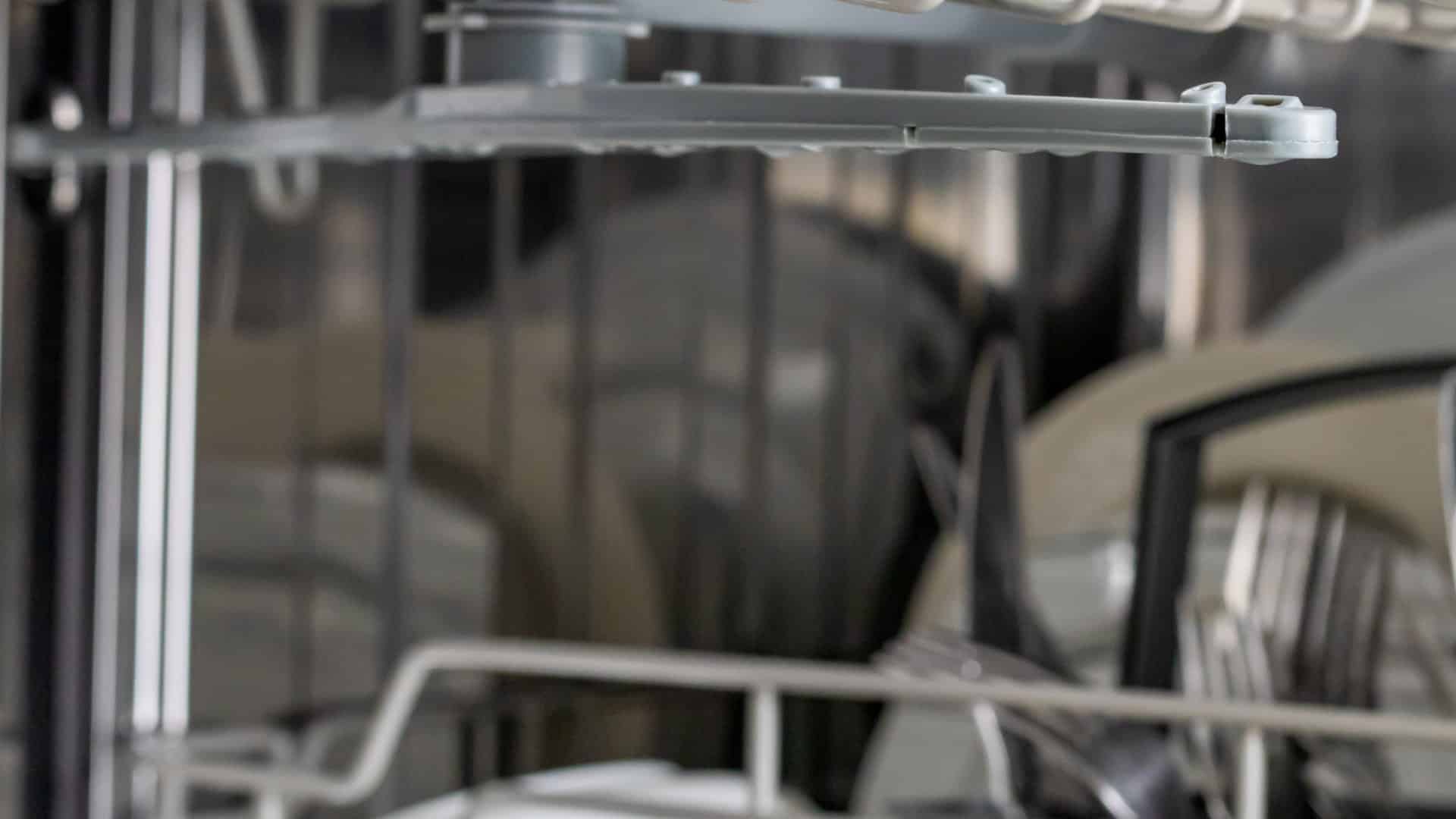
GE Dishwasher With No Power or Lights? Try This Fix

Understanding SC Code on Samsung Washer

Resolving LG Dryer D80 Error Code
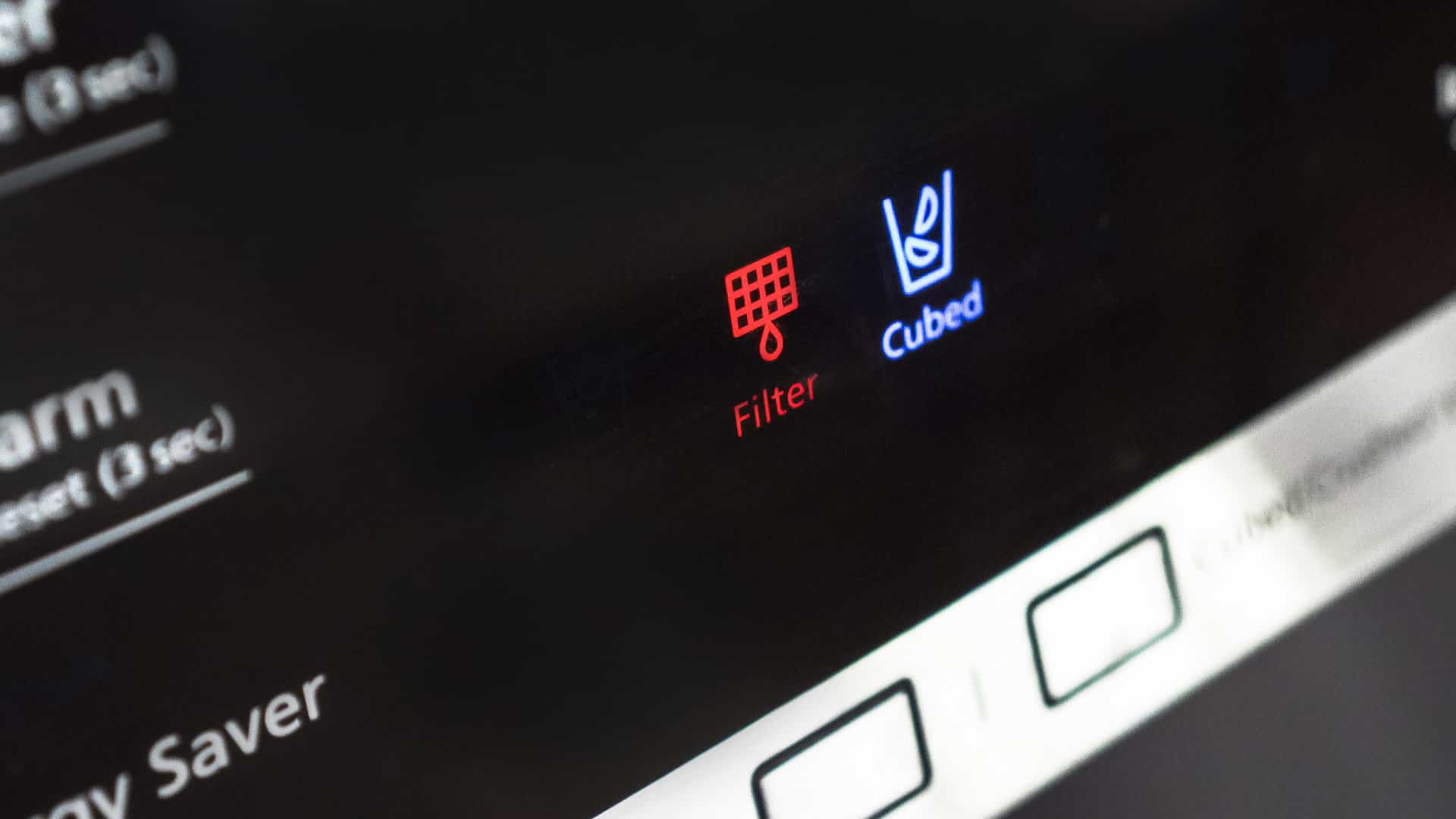
Understanding GE Refrigerator Error Codes: A Guide
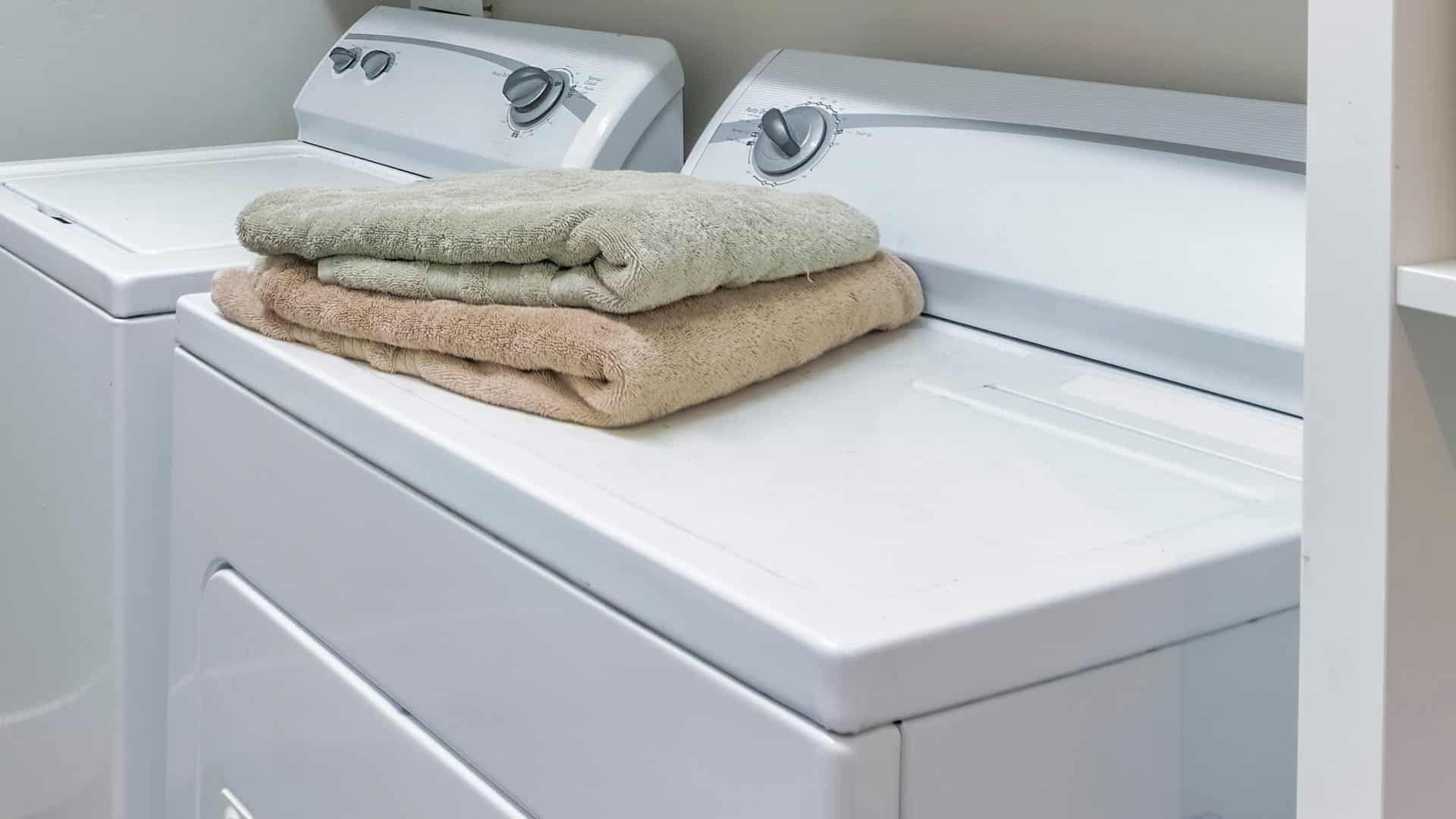
Amana Dryer Not Heating? Try These 5 Fixes
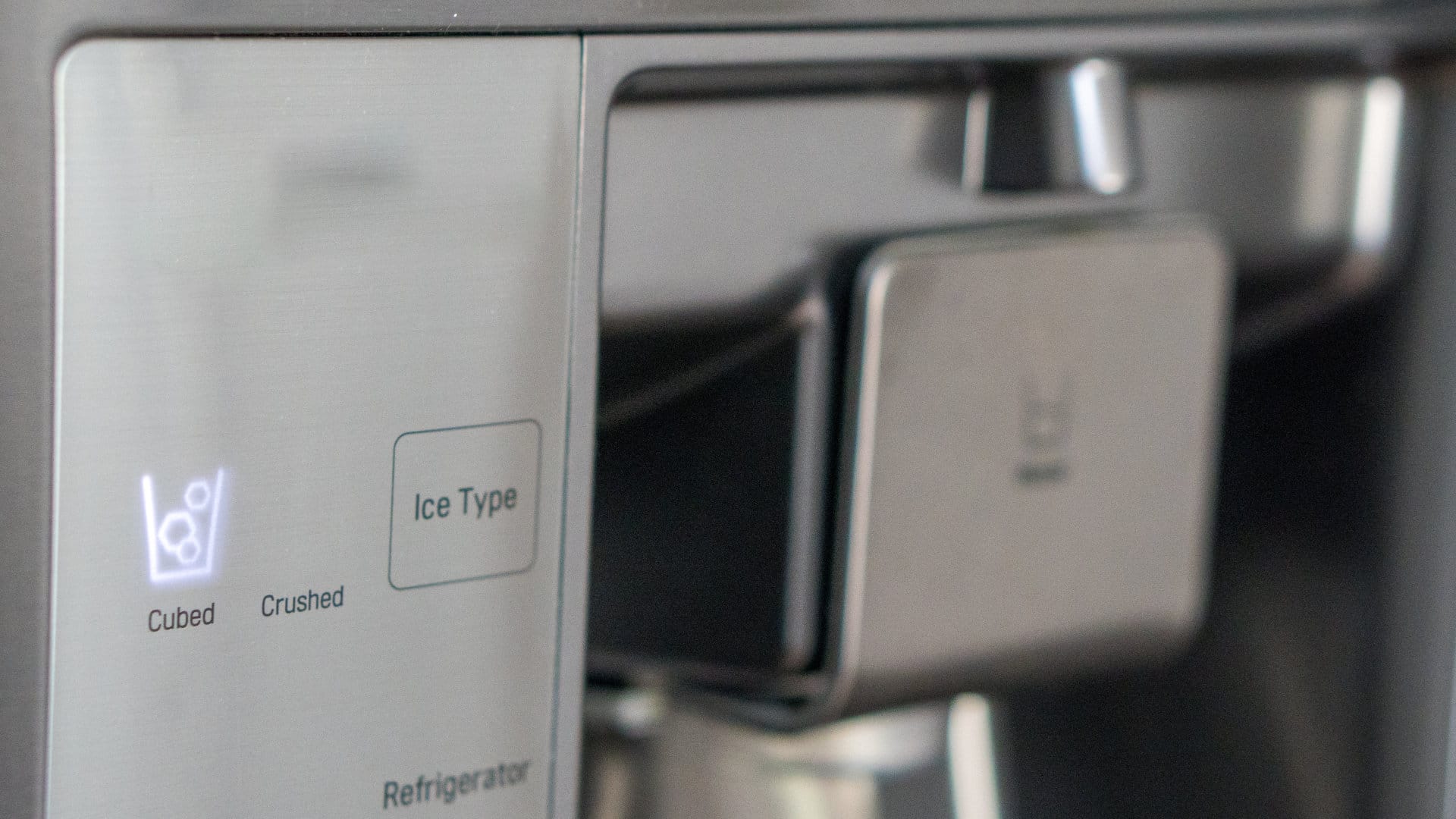
Samsung Ice Maker Issues? Here are 5 Fixes
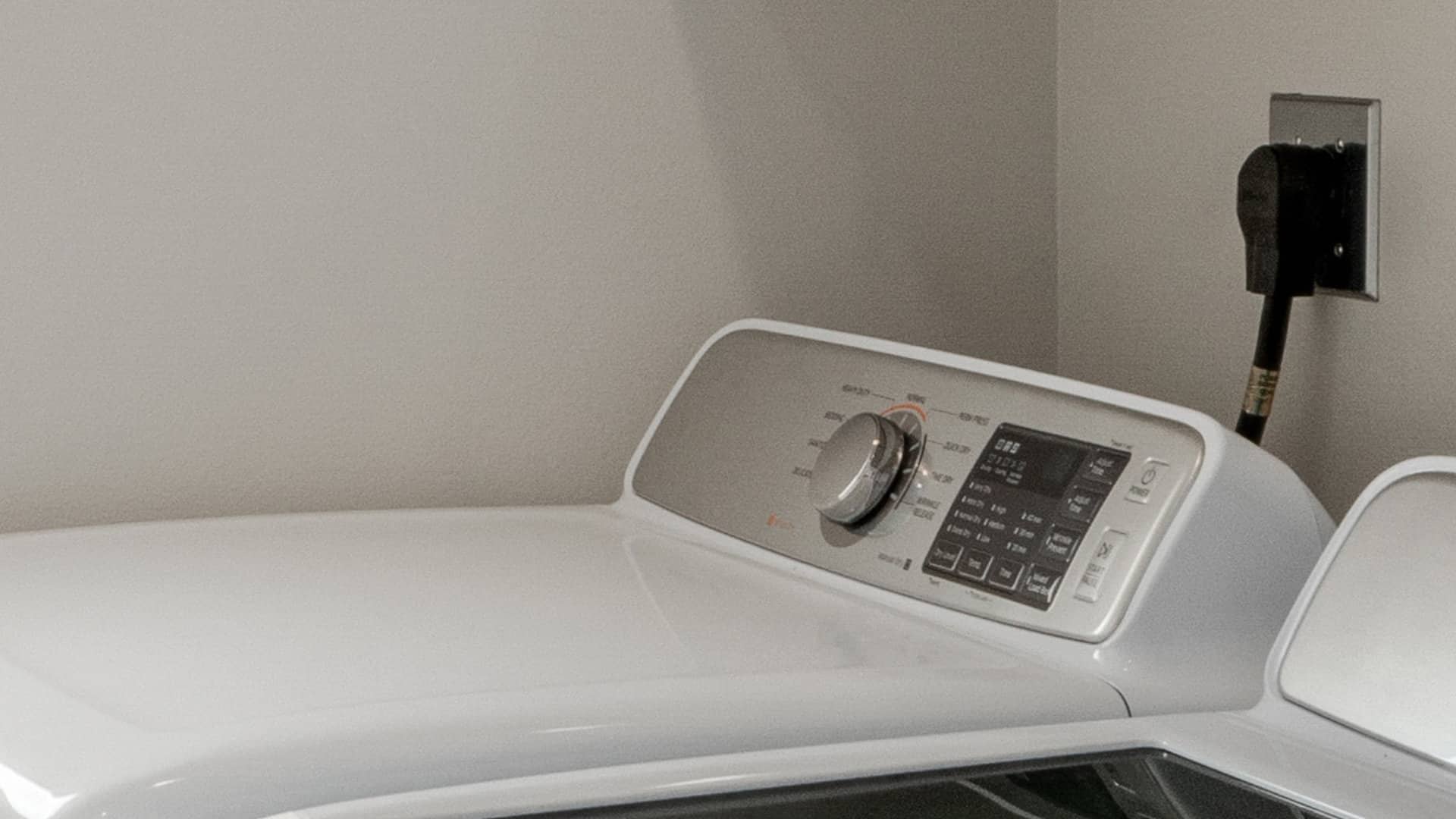
Samsung Dryer Not Heating with No Error Code? Here’s Why

GE Profile Dishwasher Not Draining? Here’s Why

How to Replace the Filter on a Samsung Refrigerator
